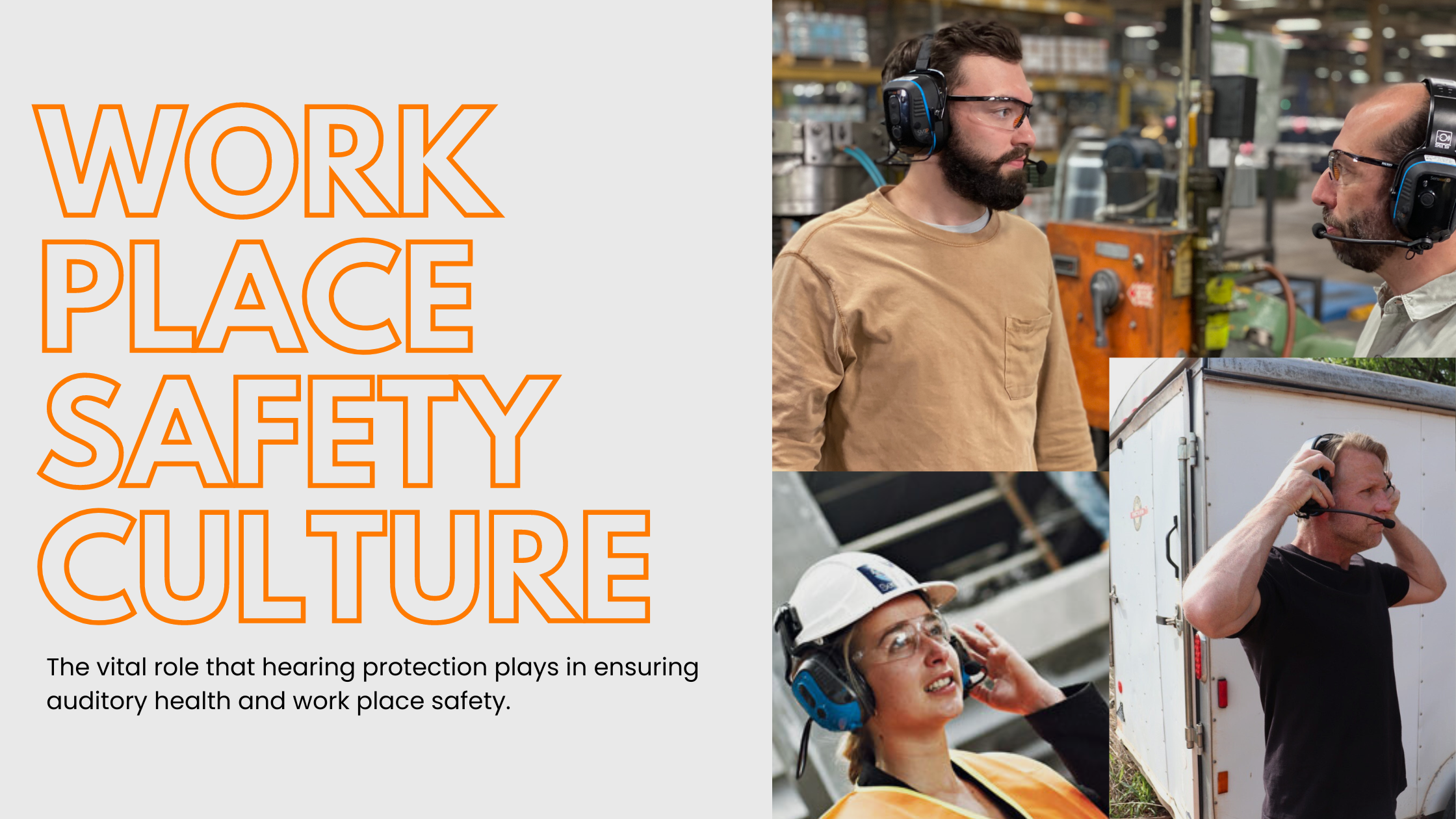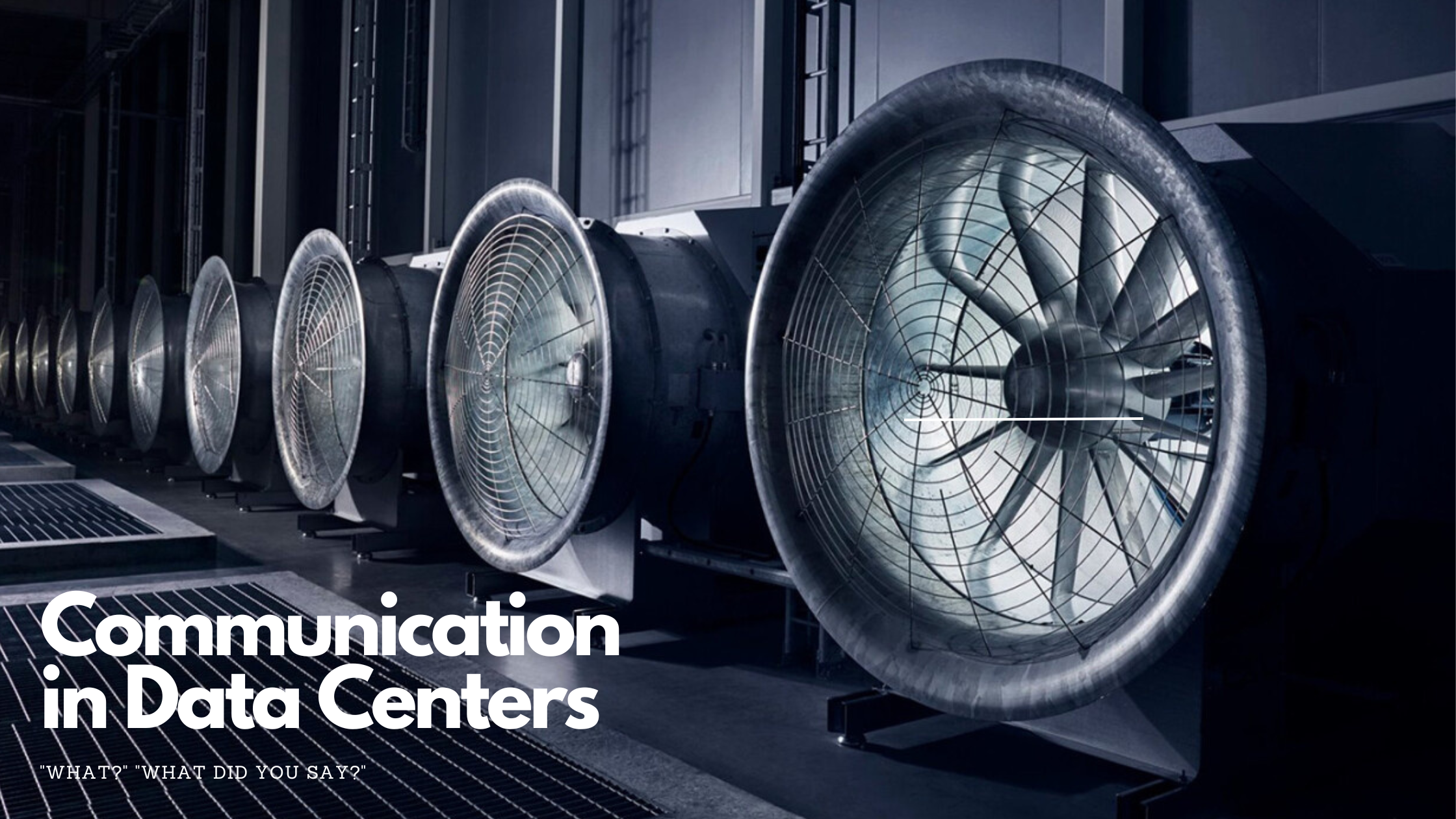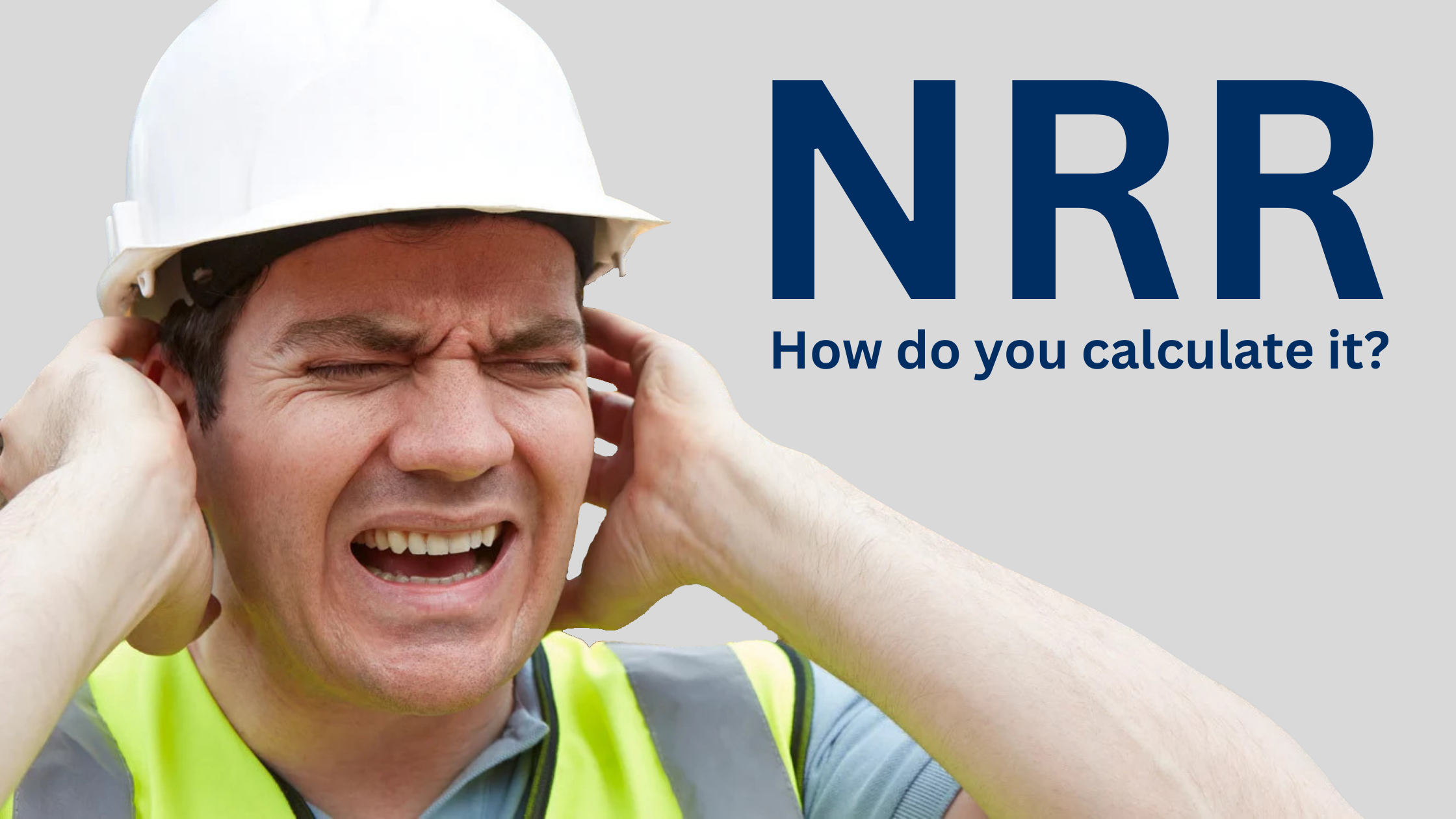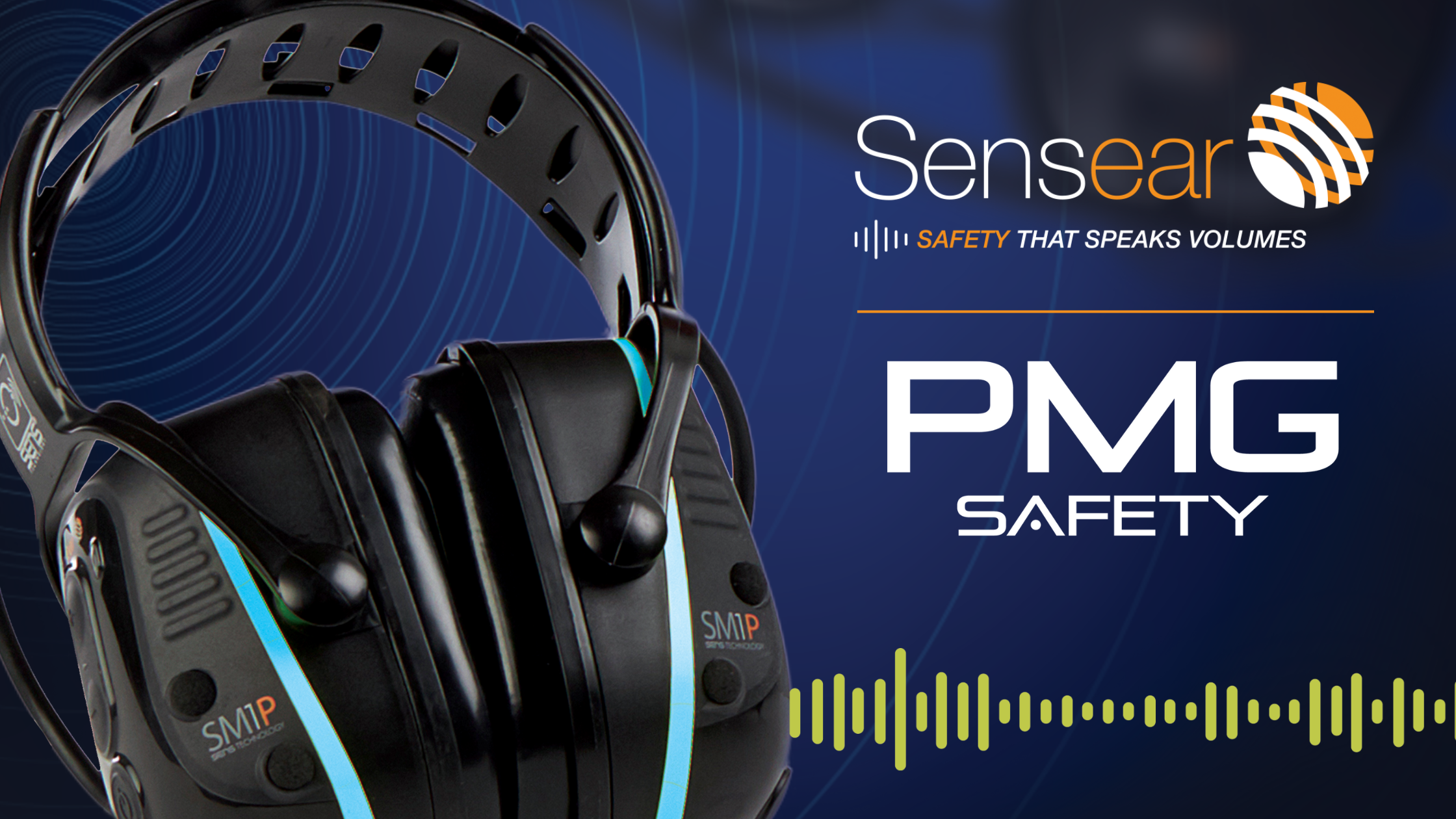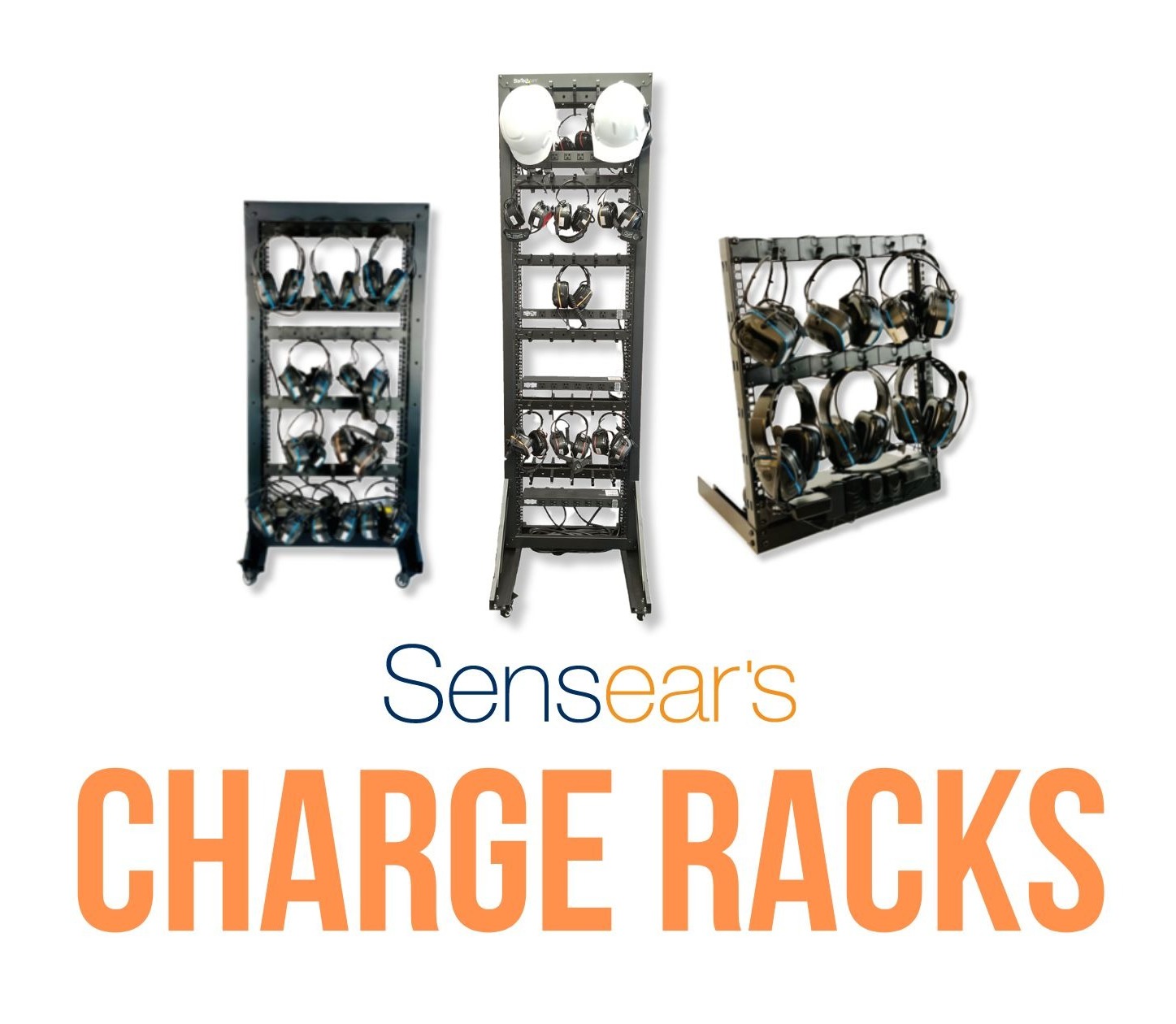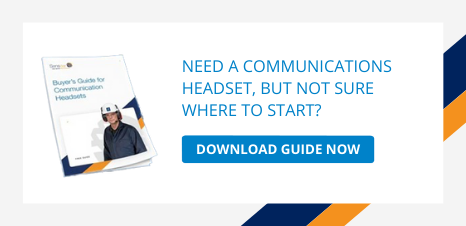
Over the years, many things have changed in industrial plant environments, resulting in changes in process, technology, and communications. In a recent, 2015 manufacturing study/white paper conducted by Motorola, a number of specific—and interesting—statistics came out that pointed to this.
- 32% of manufacturers currently rely on two-way radios as their primary method of plant communications;
- 28% primarily use cell phones,
- and 15% actually use internet/email;
Do you find it surprising that 1/3 of manufacturers are using two-way radios, while almost half of them are using cell phones and the internet/email as their primary mode of communication? We really aren’t. Our engineering team has been hearing the demand for Bluetooth® for some time. But why?
Why are We Seeing a Shift to Bluetooth?
Two-way radios have been the standard for years. When communications over radio frequency were introduced, it opened up whole new opportunities for plant teams. Unfortunately, two-way radios are limited to one conversation at a time per channel—and to people who are geographically in range with the radios and using that technology/band at that time. But what about instances where you don't have that technology or aren’t in range of a two-way radio?
This is where Bluetooth® comes in. Over time, limitations with two-way radios have created an opportunity for other communication solutions. Recent advancements in digital technology, like the implementation of Bluetooth® standards, have expanded the ability for communicating in high-noise environments. It’s clear to all: the use of mobile phones and tablets that leverage Bluetooth® in high-noise plant environments is here to stay.
Given this shift, what is the more important priority for today’s high-noise plant workers? According to the study, “90% of respondents see clarity and coverage as the biggest challenge and top opportunity. Read more about innovations in plant communications here.
Hearing CLEARLY. Hearing ANYWHERE.
Yes, clearly. Yes, anywhere. Not staticky. Not faintly. Not just here. Or over there. Clearly, and EVERYwhere. And this is all compared to other priorities you might have for your plant operations, like secure communications and productivity. Let’s look at the first part of the plant operator’s biggest challenge and concern: Clarity.
It’s been a while since old-fashioned plain ear muffs that just kept the loud noises out of your ears was were the standard. Manufacturers realized that just blocking the noise wasn’t good enough, and that’s how Noise Cancellation was born. And noise cancellation is all well and good—if you don't need to hear sounds created by the equipment you’re working around. But what happens when the equipment that’s noisy is the same equipment you need to listen to in case something happens? Noise Cancellation is no good—it keeps you from hearing the problems.
So What Do You Do if Your Main Concern in Your Plant is Hearing Clearly?
Enter Noise Suppression. Proper Noise Suppression technology provides the same standard of hearing protection for plant workers as devices that use dated Noise Cancellation, yet have the added bonus of providing more effective communication and situational awareness—or in other words—more clarity. If your top concern is clarity, Noise Suppression is clearly a better choice than traditional Noise Cancellation. If you’re not familiar with Noise Suppression, you can read more about Sensear’s Noise Suppression Technology (SENS®).
But what about location? We all know that smartphones and tablets are rapidly making their way into the workplace. Plant environments are certainly no exception. Workers want to stay connected to other workers when they aren’t in the plant—or friends and family while on the job. And in some cases, two-way radios don't provide the plant communication solutions that a Bluetooth-enabled mobile device will. So in reality, it’s not an either/or question, but a matter of having both two-way AND Bluetooth®.
What Can You Do?
New technologies allow workers in high-noise environments to switch seamlessly between OR to connect two-way and Bluetooth®, radios, mobile phones, and other devices. In fact, according to Motorola’s study, nearly every respondent surveyed wants this.
Why? These devices help your team:
- Switch between devices without stopping the use of hearing protection devices;
- Communicate with someone who doesn’t have a two-way radio handy;
- Communicate with someone who’s traveled away from the plant;
- Continue to be productive by reducing the need to leave a high noise environment to use a mobile device;
- Clearly discern possibly problems within the high-noise environment without endangering workers to damaging noise levels;
- Work safely without distractions and harmful noise;
- Reduce downtime;
A properly connected device can really empower your team while maximizing their safety and protection.
What is your biggest concern for your plant operations in 2015? Do you agree with the study? If not, why? If so, what are you doing to improve operations and the safety of your high noise work environment? Have you looked at the top 10 factors to consider when choosing an intrinsically safe Bluetooth® headset?
Follow Sensear and always be in the know.
Follow @HearSensear
